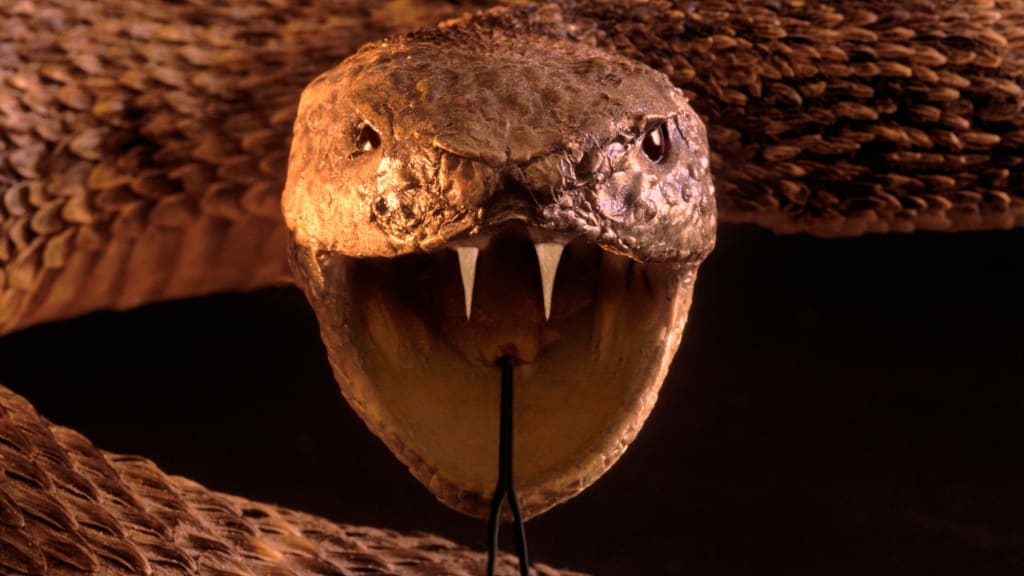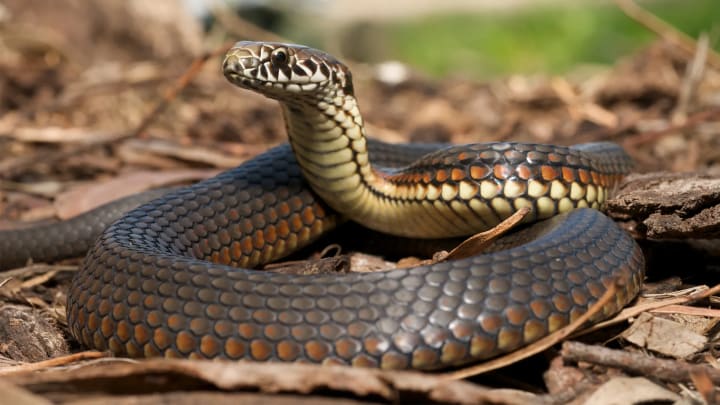
Queimada Grande, also known as Snake Island, is a small island off the coast of Brazil that is widely regarded as one of the most dangerous places on Earth. Its reputation is well-deserved, as the island is home to a large population of venomous snakes, including the golden lancehead pit viper, which is found nowhere else in the world. In this article, we will explore the fascinating history and biology of Snake Island, as well as the dangers and challenges it presents to those who visit.
The Island's History and Geography
Queimada Grande is located approximately 93 miles off the coast of Sao Paulo, Brazil. The island is relatively small, measuring only about 110 acres in total, and is uninhabited by humans. The island's unique name, "Queimada Grande," means "big burned" in Portuguese, a reference to the island's rocky terrain and lack of vegetation.
The island was formed by volcanic activity, and its rocky landscape is characterized by cliffs, caves, and boulders. The island's vegetation is sparse, consisting mainly of shrubs and grasses, which provide little cover for animals or humans.
Despite its inhospitable environment, the island has a rich history. According to local legends, Queimada Grande was once used as a prison for dangerous criminals, who were left on the island to fend for themselves. The harsh conditions and lack of resources meant that few survived, and those who did were rumored to have become desperate and savage.
In reality, the island has never been used as a prison, and its isolation and harsh environment have made it largely inaccessible to humans for most of its history. It was only in the early 20th century that scientists began to study the island's unique ecosystem, and the golden lancehead pit viper was discovered.

The Golden Lancehead Pit Viper
The golden lancehead pit viper is a species of snake that is endemic to Queimada Grande. It is a highly venomous species, and its venom is considered to be one of the most potent of any snake in the world. The snakes are named for their distinctive golden head, which is broader and more triangular than that of other pit vipers.
The golden lancehead pit viper is primarily arboreal, meaning that it spends most of its time in trees. This allows it to hunt for prey, which includes small birds, lizards, and rodents. The snakes are also known for their ability to swim, and they are sometimes seen in the water around the island.
The venom of the golden lancehead pit viper is highly toxic, and can cause severe pain, swelling, and bleeding in humans. In some cases, the venom can be fatal if left untreated. The high toxicity of the venom, combined with the density of snakes on the island, make Snake Island an extremely dangerous place for humans.
The Dangers of Snake Island
Due to the high risk posed by the snakes, the Brazilian government strictly controls access to Queimada Grande, and only a handful of researchers and officials are allowed on the island at any given time. Even those who are allowed to visit must take extreme precautions, including wearing protective clothing and carrying anti-venom medication.
Despite the dangers, Snake Island has attracted a number of adventurous tourists and photographers who are drawn to its unique ecosystem and the challenge of exploring a truly wild and dangerous place. However, even experienced adventurers and scientists have fallen victim to the island's deadly inhabitants.
In 2015, a group of scientists studying the golden lancehead pit viper on the island were forced to evacuate after a supply ship that was bringing them food and other necessities sank in a storm. The researchers were stranded on the island for several days, and had to ration their food and water supplies while waiting for rescue. Fortunately, they were eventually rescued





Comments
There are no comments for this story
Be the first to respond and start the conversation.